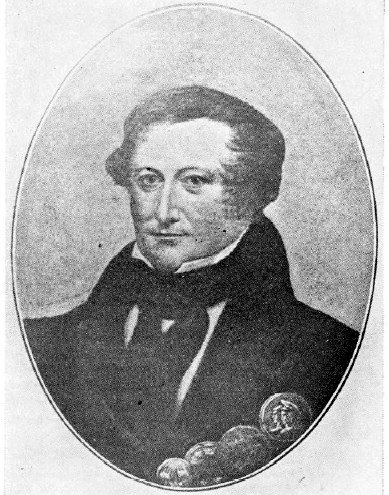The Marsh Test
There was nothing revolutionary about Marsh’s text; it was based upon existing knowledge. Many of his contemporaries were surprised by its simplicity, its accessibility, and wondered why they hadn’t thought of it themselves.
The theory behind the test is that any form of arsenic will combine with hydrogen and form the toxic gas arsine (AsH3). To be horribly simplistic, the test involves introducing either hydrochloric acid or sulphuric acid to tissue, then adding zinc.
As many chemists were to discover, the Marsh Test is a more complicated than that.
The Marsh Test Apparatus
The Mechanics of the Test
The purpose of the test was to reconstitute elemental arsenic. In other words, create a solution from the tissue and then attempt to extract arsenic from the liquid.
It used a simple U-shaped glass tube, open at both ends. One end was approximately five inches in length while the other was about eight.
A one-inch glass rod is dropped into the shorter arm, followed by a small piece of zinc; the rod held the zinc in place.
A cork and a stopcock with a fine nozzle are inserted into the neck of the tube with the stopcock in the open position.
The sample being tested is mixed with diluted sulphuric acid and then poured into the long arm of the tube, filling it to just beneath the cork. (All physical matter should be removed from the solution.)
The zinc will give off bubbles of gas.
If no arsenic is present, the gas is pure hydrogen.
If arsenic is present in any form, the gas is arsine.
The gas is allowed to flow out of the tubes, ensuring that all air is removed from the apparatus.
The stopcock is then closed to allow the gas to build up in the shorter arm while the fluid is driven up the longer one until the level of liquid has dropped below the zinc. At this point the chemical reaction will produce no more gas.
The stopcock is opened.
The gas, which has been under pressure from the fluid, shoots through the nozzle.
This is quickly ignited.
A piece of glass or (preferably) a white porcelain dish, is held over it.
If there is no arsenic present, the water vapor will make the glass misty, but will dry clear.
If there is arsenic present, it will be deposited as a metal film on the glass/ porcelain.
Bibliography
Hempel, Sandra. The Inheritor’s Powder: A Tale of Arsenic Murder. (New York, NY: W. W. Norton & Company, 2013).
Stratmann, Linda. The Secret Poisoner: A Century of Murder. (New Haven, Connecticut: Yale University Press, 2016).
Whorton, James C. The Arsenic Century. (New York, NY: Oxford University Press, 2010).


